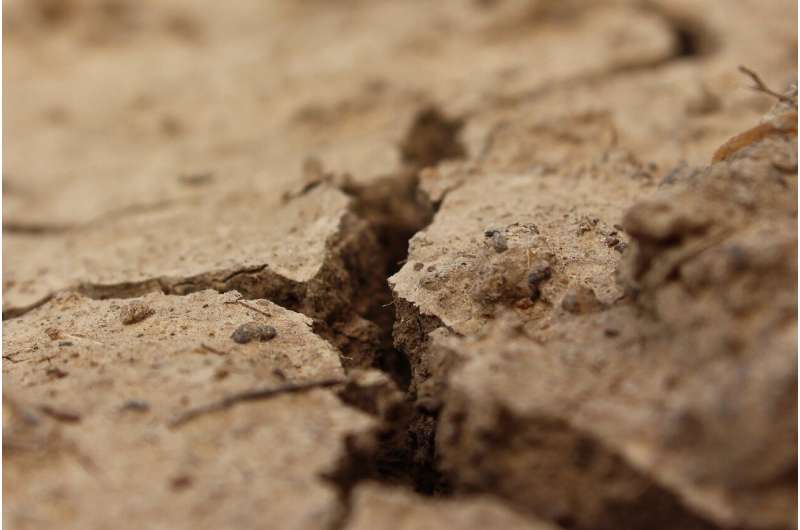Unfrozen water content affects thermal-hydro-mechanical characteristics of frozen soil

The content of unfrozen water in frozen soil affects the freeze-thaw cycle, hydrological cycle, water and energy exchange between land and air, vegetation growth and structural strength of soil in cold regions. Currently, theoretical explanations for the presence of unfrozen water include capillarity action, surface effect, adsorption forces and the electrical double layer.
However, in addition to capillarity, few studies have discussed the contribution of other functions to the formation of unfrozen water in frozen soil, as well as the differences and relations between these functions, which directly affects the physical modeling and content calculation of unfrozen water, and indirectly restricts the application of unfrozen water model in the fields of climate, hydrology, ecology and engineering.
Recently, a research team led by Prof. Gao Xiaoqing from the Northwest Institute of Eco-Environment and Resources (NIEER) of the Chinese Academy of Sciences (CAS), together with researchers from the Institute of Atmospheric Physics of CAS, established a theoretical model based on the electrical double-layer structure, to calculate the unfrozen water content of frozen soil and explore the control on a soil freezing characteristic curve.
In this study, the researchers assumed that the residual unfrozen water at very low temperatures is held within the adsorption-layer solution and that the remaining unfrozen water within the influence of surface effects is the cationic solution in the diffuse layer.
The similarity in the underlying mathematical structure of the derived theoretical and parametric models to current semi-empirical models further suggests that the surface effects of clay are the main causes of unfrozen water in frozen soil.
"Our theoretical unfrozen water content model illustrates the relationship between the microscopic physical quantities and the macroscopic mechanical properties of frozen soils." said Prof. Gao, "However, some approximations and assumptions needed when deriving the model are not truly representative of real frozen soil, so we hope to solve these problems in future studies."
This study has been published on Water Resources Research, titled "Modeling the Unfrozen Water Content of Frozen Soil Based on the Absorption Effects of Clay Surfaces."
More information: Xiao Jin et al. Modeling the Unfrozen Water Content of Frozen Soil Based on the Absorption Effects of Clay Surfaces, Water Resources Research (2020). DOI: 10.1029/2020WR027482
Provided by Chinese Academy of Sciences




















